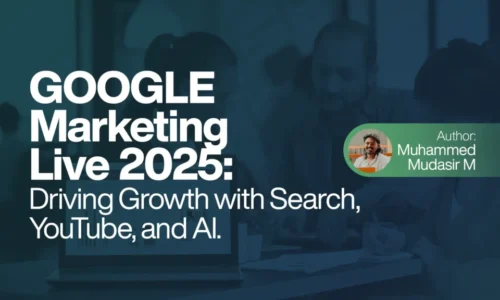Marketing Psychology: The Effect of Mental Models
Ever wonder how customers or our target audiences make their buying decisions? Over the years, we have seen how the market has evolved and is evolving, and ideas and solutions that no one imagined are now shaping our market and influencing our audiences!
Psychology is just a science that helps you understand how your customers think. When you connect with your target market on a deeper, emotional level, you’ll be able to reach them and help them
Table of Contents
Mental Models and Their Influence
Mental models are the way users understand or assume how something works or will work, based on their prior experiences or encounters. The impressions and assumptions you make may be influenced by the way something looks, feels, or sounds.
Mental models are particularly intriguing when you consider the user’s first interaction with the product. If they can’t figure out how it works right away, it may be their last interaction! Also, keep in mind that users will often have a mental model of how something will work before they even set their hands on it.
How Can Marketers Use Mental Models?
In marketing, understanding and utilizing mental models are very beneficial. It will help marketers figure out:
- How do customers perceive a product or a brand?
- What expectations do they bring in?
- How do they make decisions?
Understand your audience in and out. Then prepare strategies. Because it’s not how you think, your target audience may think in some other way. So by connecting with the audience on a deeper level, you’ll be able to craft marketing strategies that align with the target audience’s expectations, which also carry your brand’s voice.
Can We Change the Way People Think?
The answer to this question is: YES.
By spending time with the users and studying their actions and behaviors, we’ll be able to bring change in the way people think, and this has been proven over the years. Let’s look into some examples.
- Airbnb – Earlier, the idea of sleeping in a stranger’s home wasn’t accepted. But now that’s something everybody is fond of when planning a holiday or a getaway.
- Uber – Getting into a stranger’s car and taking a drive!!! That was unacceptable. But now it’s the most used way of transportation without a second thought. Now, there are many other brands like Rapido, Quickride that have also come into this market.
When the Marketing Strategy Fails to Influence Audiences.
The above are some positive scenarios. Let’s look into a marketing strategy that failed to meet expectations.
The TATA Nano Car: Everyone is familiar with the story of how the Nano Car came into being. It was a pure thought that Ratan Tata had when he saw a family of four struggling to travel on a two-wheeler, that is to make everyone in his country able to afford a car.
They identified a problem and came up with a solution. But that doesn’t end there. Failing to truly understand the mental models and customers’ psychology has had a reverse effect on what they tried to bring in. Why?
Tata marketed the Nano as “The World’s Cheapest Car”. Which was true, but it was emotionally unappealing. The term cheap essentially means something that is of a lesser amount or affordable, but people have a way of conceiving everything as cheap is seen as a term used for something of low quality. Calling something “cheap” made people feel of low status or inferior.
It’s possible to change the way people think, but with the right strategies and understanding.
Needs and Emotions of Customers
People are influenced by different factors when making purchasing decisions. Let’s take a look at some scenarios having different emotions that prompted customers to make a decision or want to do something.
- John went to the gym because he wanted to be healthy and build muscles, not because of any external push. Wherein, Alex went to the gym because John forced him to accompany him.
- Elsa buys organic food only considering the health of her children. Paul buys organic food because his dietitian insisted on it.
A teenager bought a pair of shoes, it’s not comfortable for him, but simply because his favorite football player wears and promotes them.
Final Thoughts
Identifying a problem and coming up with solutions is when a business develops. But that’s just the beginning of it. It takes a lot of research about the market, consumers, and the product for it to get accepted and become successful. That is where mental models and consumer psychology play a pivotal role. Mental models are not just a fancy term. Failing to understand and connect with the right audience, inturns fails your business. Keep in mind that:
- People often perceive things differently.
- Everybody has their mental models and how they see and expect something to work.
- To understand others’ mental model, spend time with them and observe their actions.
- Align your brand’s messages with the mental models of your audiences.
When a marketing message resonates with a person, it becomes or feels trustworthy and persuasive.
Author Info
Aneena James, A Freelance Digital Marketer in Thrissur.
Learner of CDA Online Digital Marketing Program.



